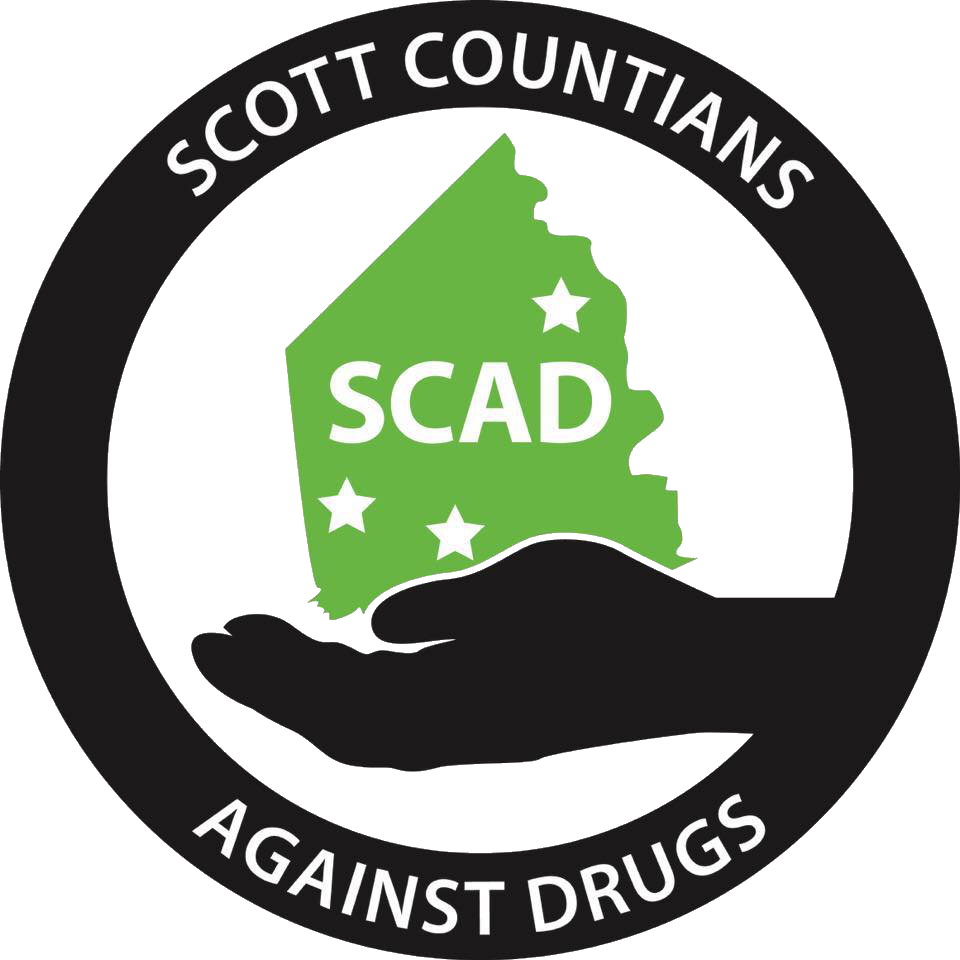About 50-66 percent of those who suffer from PTSD also battle simultaneous addiction, and the reverse is also true, TIME reports. People who suffer from PTSD are between two and four times more likely to also battle addiction than their peers who do not also struggle with PTSD, the journal Clinical Psychology publishes.
 PTSD is a disorder that will affect about 7-8 out of 100 people in their lifetime, the National Institute on Mental Health (NIMH) reports. PTSD is brought on by the experience of a traumatic or life-threatening event. When a person is in danger, the brain triggers the “fight-or-flight” response. Brain chemicals are altered, and heart rate, blood pressure, respiration, and body temperature are elevated. Focus and attention levels are heightened and adrenaline flows. A person will be wide awake and alert. This can help a person to escape a potentially hazardous situation, and it is a healthy response to danger.
PTSD is a disorder that will affect about 7-8 out of 100 people in their lifetime, the National Institute on Mental Health (NIMH) reports. PTSD is brought on by the experience of a traumatic or life-threatening event. When a person is in danger, the brain triggers the “fight-or-flight” response. Brain chemicals are altered, and heart rate, blood pressure, respiration, and body temperature are elevated. Focus and attention levels are heightened and adrenaline flows. A person will be wide awake and alert. This can help a person to escape a potentially hazardous situation, and it is a healthy response to danger.
When the stress response continues after the danger has passed, and it is no longer necessary to protect a person from harm, the person may have PTSD. PTSD symptoms may occur in as few as three months after the traumatic event (e.g., car accident, victim of a crime, death of a loved one, combat, natural disaster, witness to life-threatening or fatal accident, childhood trauma, etc.) or several years later.
PTSD is diagnosed if the symptoms interfere with daily life and continue for at least a month. Symptoms of PTSD are classified into:
- Avoidance: staying away from people, places, or things that are reminders of the event
- Re-experiencing: flashbacks, frightening thoughts, or nightmares
- Arousal and reactivity: difficulties sleeping, being “on edge,” angry outbursts, or being easily startled
- Cognition and mood symptoms: distorted feelings of guilt, negative image of self, memory issues, or loss of interest in activities previously enjoyed
Addiction is defined by the American Society of Addiction Medicine (ASAM) as a brain disease brought on by chronic drug use that interferes with and makes changes to brain circuitry and chemistry, and these changes lead to compulsive drug-using behaviors. Individuals are unable to control how much and how frequently they use drugs and will experience negative emotional, physical, interpersonal, social, and behavioral consequences.
Correlation between Stress, Drug Use, and Addiction
 Substance abuse, addiction, and post-traumatic stress disorder (PTSD) have a complex relationship that can complicate treatment modalities. High levels of stress can make it more likely for a person to turn to drugs or alcohol as a means of escape. Drugs can increase pleasure, decrease anxiety, and provide a distraction from difficult emotions.
Substance abuse, addiction, and post-traumatic stress disorder (PTSD) have a complex relationship that can complicate treatment modalities. High levels of stress can make it more likely for a person to turn to drugs or alcohol as a means of escape. Drugs can increase pleasure, decrease anxiety, and provide a distraction from difficult emotions.
When someone feels stressed, levels of GABA (gamma-aminobutyric acid) are lowered, and adrenaline is increased. GABA is a kind of natural tranquilizer produced by the brain that can also be stimulated by drugs that suppress the central nervous system, like opioids, marijuana, alcohol, and benzodiazepines. Drugs also increase the presence of dopamine in the brain, one of the brain’s chemical messengers that tells a person to feel happy. When the substances wear off, low moods are common as dopamine levels drop.
With repeated drug use, it will become harder and harder for the brain to keep regulating amounts of dopamine, adrenaline, and GABA normally. Drug cravings and uncomfortable withdrawal symptoms, including anxiety, depression, insomnia, and irritability, can make it more difficult for a person to stop using drugs as dependence sets in. Significant drug dependence and the onset of withdrawal symptoms often lead to a loss of control over drug use, or addiction.
Chronic stress can interfere with a person’s impulse control, learning, and memory functions. Drugs can become a coping mechanism, or a method of self-medication for the symptoms of PTSD and for stress, and regular drug use can interfere with some of the same regions of the brain, and brain chemicals, that high amounts of stress can.
Young brains that are not fully developed may be at a higher risk for developing PTSD as a result of trauma as well as for addiction later in life as the result of early exposure to drug abuse. A stressful environment, biology, and genetics can also play a part in the formation of both disorders. PTSD and drug use commonly co-occur with other mental health disorders, and the Current Psychiatric Reports publishes that influences related to genetics in major depression, panic disorder, addiction, and generalized anxiety share up to 60 percent of the genetic variance seen in PTSD. Parts of the brain that make a person more vulnerable to developing PTSD after a stressful or traumatic event may then be similar to those that may predispose a person to addiction. In addition, chronic stress heightens a person’s vulnerability to addiction and makes them more prone to relapse, the Annals of the New York Academy of Sciences reports.
Alcohol and drugs may provide a temporary respite from PTSD symptoms and help a person to avoid painful memories associated with trauma. As the drugs wear off, however, levels of stress and PTSD symptoms are often worsened. Drinking or doing drugs can also interfere with decision-making abilities and increase risk-taking behaviors, putting a person at a higher risk for being involved in an accident, being the victim of a crime or violence, or suffering trauma. Thus, substance abuse may contribute to the onset of PTSD just as PTSD symptoms can induce a person to abuse drugs or alcohol for self-medication purposes.
- Disinhibited Social Engagement Disorder
- Reactive Attachment Disorder
- Complex Post-Traumatic Stress Disorder
Drug withdrawal symptoms can exacerbate PTSD symptoms, worsening the disorder and making it more difficult to stop using drugs. In a similar fashion, abusing drugs or alcohol as a method of coping with PTSD symptoms delays treatment progress and may make PTSD symptoms last longer, the U.S. Department of Veterans Affairs(VA) warns. Studies of inpatient substance abuse treatment centers have found that half of all of those receiving treatment for addiction also suffered from simultaneous PTSD, the American Psychological Association (APA) reports.
Treatment for Co-Occurring Addiction and PTSD
When PTSD and addiction co-occur, it is important to treat the two disorders simultaneously and in an integrated fashion. If drug dependence is significant, detox is often the first step in a detailed treatment plan.
PTSD can heighten the severity of withdrawal symptoms, so medical detox is optimal. During medical detox, an individual is admitted to a specialized facility where they can stay for several days. Medical detox centers provide medical and mental health care and supervision 24 hours a day, seven days a week, in a secure and safe environment. A combination of supportive care and pharmacological tools is generally used to help a person reach a level of physical stability and ready them for admission into a specialized addiction treatment center experienced in treating co-occurring disorders.
Behavioral therapies, such as Cognitive Behavioral Therapy (CBT), can help clients learn how to better manage stress and deal with potential triggers as well as aid in enhancing self-esteem and modifying negative thoughts.
Exposure therapy is often useful in helping individuals with PTSD learn how to face their fears and traumas. Trained professionals can help individuals develop coping techniques and learn how to move past their fears. Seeking Safety is another evidence-based and trauma-focused therapy that is highly flexible and beneficial in treating co-occurring addiction and PTSD.
Medications may also be helpful when used in conjunction with behavioral therapy techniques to dispel anxiety, depression, and induce restful sleep. Group, individual, and family counseling sessions and educational programs as well as support groups and ongoing encouragement can minimize relapse and enhance long-term recovery. Providers at a specialized treatment facility can perform a detailed assessment prior to admission into a program to design and implement a care plan best suited to the individual and their personal recovery.

